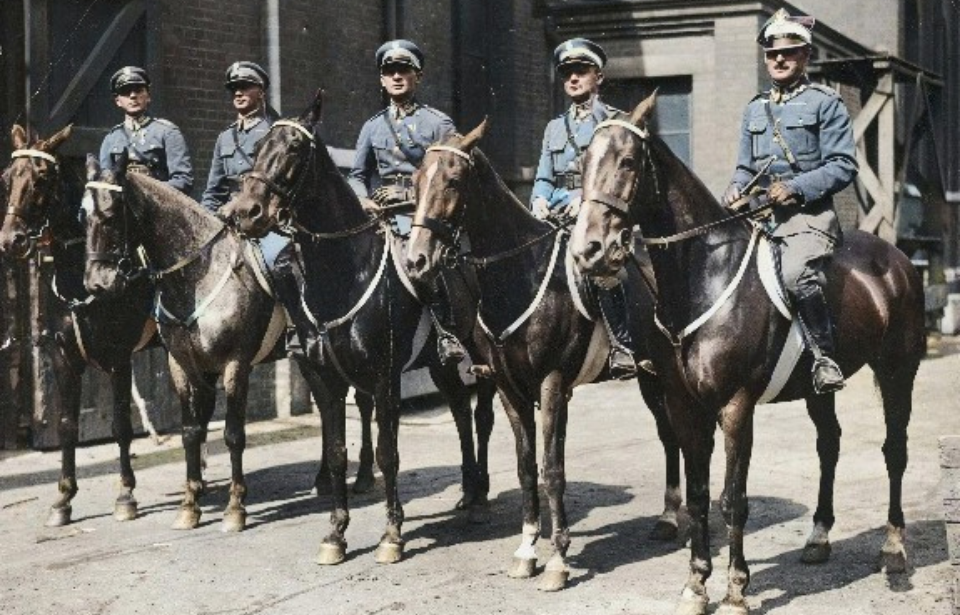Already a well-established soldier by the time the Second World War broke out, Maj. Henryk Dobrzański became even more famous following his service for being the conflict’s first partisan, alongside the rest of his Polish unit. This is the story of the legendary “Hubal,” an impressive equestrian, decorated military hero and fighter dedicated to his people.
Henryk Dobrzański served in a number of conflicts
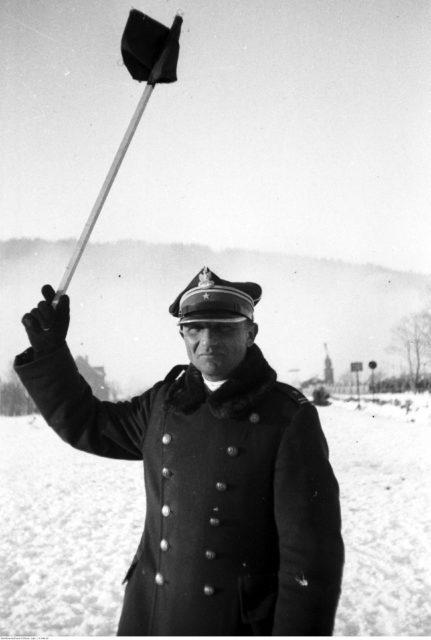
Henryk Dobrzański was born on June 22, 1897 in Austria-Hungary to a family of Polish nobles. When the First World War broke out, he was only 17 years old, falsifying his birth records to join the fight. He volunteered with the Polish Legions, specifically the 2nd Regiment of Uhlans. In 1918, he decided to join the Polish Army, which would lead him to fight in many more conflicts. This included the Polish-Ukrainian War.
In 1919, Dobrzański was involved in the Polish-Soviet War, establishing himself as a brave soldier and earning the Order Wojenny Virtuti Militari and four Krzyż Walecznych. Although Poland would see many years of peace in the years that followed, Dobrzański opted to stay with the Army. He also went on to ride with the Polish equestrian team at international competitions and at the 1928 Amsterdam Summer Olympics.
Henryk Dobrzański becomes World War II’s first partisan
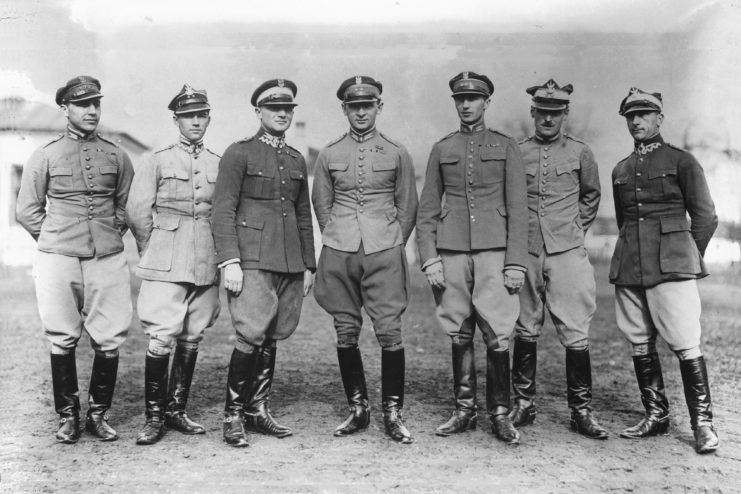
When the Germans invaded Poland in 1939, Henryk Dobrzański was serving as deputy commander for the 110th Reserve Cavalry Regiment. He and his men were moved to help defend various cities against the advance. Most notable was Grodno, where they stayed to ensure it wasn’t taken by the Red Army when the Soviets also invaded.
Although the Polish soldiers put up a strong defense, the order was ultimately given to retreat to Lithuania. However, Dobrzański and the 110th refused. The men, along with strangers from the 102nd Regiment, attempted to fight through to Warsaw.
Coming up against numerous enemy forces, the regimental commander decided to officially disband the 110th. Again, many of the men refused. Dobrzański subsequently took command of a strength of roughly 180 to continue the march to the capital. He renamed his group the Detached Unit of the Polish Army.
Detached Unit of the Polish Army
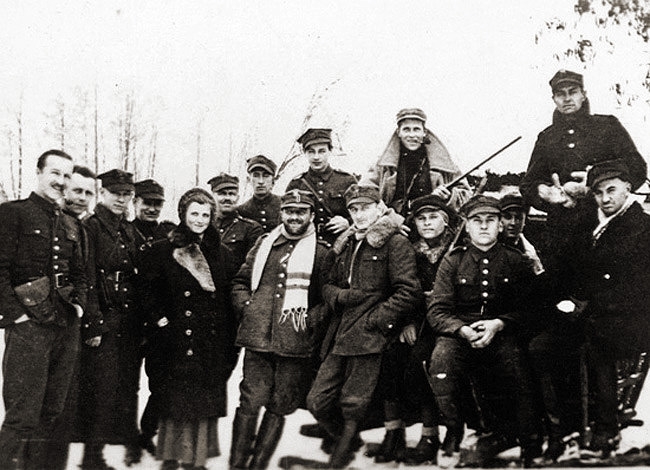
Despite their efforts, Warsaw surrendered to the enemy forces before the Detached Unit arrived. Of the 180 men who initially made up the group, 50 decided they wanted to continue fighting – so they did. They initially planned to travel to France, but ultimately stayed in Poland. There, they continued their attacks against German forces while awaiting the Allied relief that was anticipated to arrive within a few months.
Launching clandestine attacks when possible, Henryk Dobrzański and his men were able to avoid capture, earning him the nickname “Crazy Major” among the Germans. Perhaps a small part of this was true, as he required all of his men, despite residing in forests, to be clean shaven daily and wear clean uniforms. This was aided by his mother, who sent them clean clothes whenever possible
Reprisals lead to attacks on Polish villages
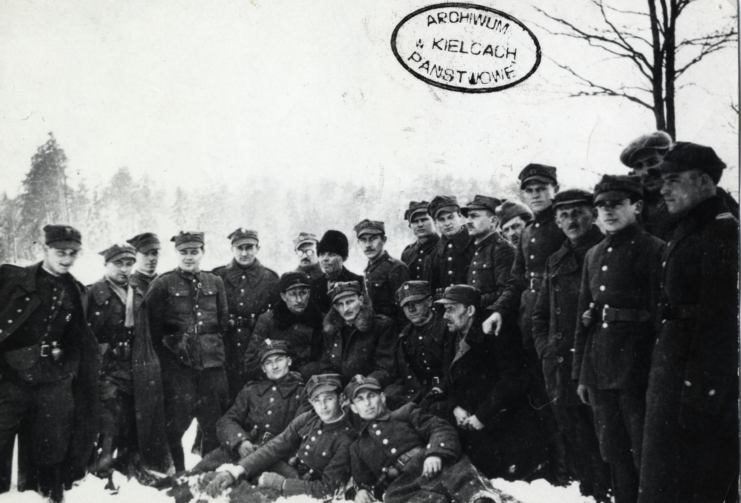
Sadly, the Detached Unit was so effective in their ambushes that, by March 1940, the Germans began attacking villages they assumed were helping the partisans. As a result, the Polish government requested Henryk Dobrzański disband his unit, to protect regular civilians. Dedicated to the fight, he refused. He did, however, cut back his contact with locals in an effort to avoid further reprisals from the Germans.
The infamous “Hubal” had made himself a target for the Germans, something that became his undoing. On April 30, 1940, he and his men were hiding out in a ravine near Anielin when a German unit launched a surprise attack. The Poles were drastically outnumbered by the force of around 8,000, and Dobrzański was killed. In an atrocious act, the Germans took his desecrated body and put it on display for the same locals who’d once come to the aid of the Detached Unit.
Remembering Henryk Dobrzański
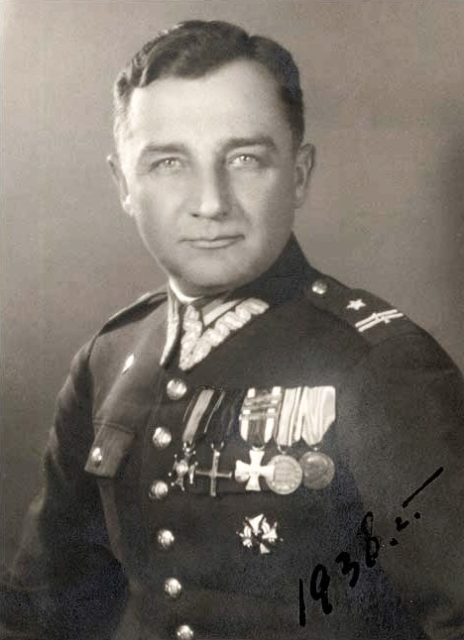
Although Henryk Dobrzański’s body was eventually taken away, no one knows what happened to it, nor where – or if – he was buried. Without their fearless leader, the Detached Unit tried to continue their fight, but eventually disbanded on June 25, 1940. Some of the members continued to fight with the Polish Underground.
More from us: German Generalleutnant Ernst-Günther Baade Wore a Kilt Into Combat During WWII
While Dobrzański’s service during the war was relatively short, it had a profound effect on Polish memory. There were numerous buildings, organizations and streets named for him in the years following, and he was awarded the Golden Cross of the Virtuti Militari. He also received a posthumously promotion to colonel.
The Detached Unit is credited with being the longest-serving group of the Polish Army to operate within the country once the war began, with their actions against the Germans becoming legendary.
